At the end of July, a large group of Russian soldiers gathered on a beach on Dzharylhach Island in the Black Sea, far from the front lines at a camp set up to provide training and relaxation for some of Moscow’s troops recently in action in the trenches.
As they milled around on the shore, their day was violently interrupted by a volley of Ukrainian HIMARS rockets. According to reports, as many as 200 of them were killed.
Despite being 60 km from the nearest Ukrainian forces and deep within Russian-occupied territory, Ukraine’s armed forces knew exactly where they were and what they were doing – in large part, thanks to the National Resistance Center (NRC)
“Using information from our partisans, enemy personnel and weapons in Dzharylhach were liquidated,” Ostap, a spokesperson for the NRC tells Kyiv Post in an exclusive interview.
“There are a lot of these operations,” he adds. “I hope the moment comes soon when we’re able to talk about them publicly, when we’re able to tell you more, and reward these people.”
HIMARS strikes on Russian positions on the Dzharylhach island, Kherson region. ~ 60km from the front line. https://t.co/U13jzRXTvC pic.twitter.com/Am8qL1kBx7
— Special Kherson Cat 🐈🇺🇦 (@bayraktar_1love) August 1, 2023
The NRC is a relatively new branch of Ukraine’s Armed Forces, set up in Feb. 2022 in the early days of Russia’s full-scale invasion.
“The primary goal was to muster and organize civil resistance forces for repelling the enemy,” Ostap says, speaking via videolink from an undisclosed location.
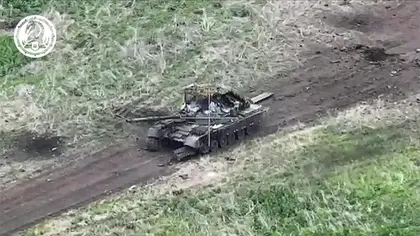
AFU Reportedly Destroys Multi-Million-Dollar Russian T-80 Tank With Bradley-Fired TOW Missile
In February and early March 2022, before it was clear that Moscow’s plan to take Kyiv in a matter of days was doomed to failure, civil resistance assumed a guerrilla-style fight in the streets of the capital and scenes of ordinary civilians making hundreds of Molotov cocktails were beamed around the world.
Residents in Kyiv, Ukraine, began making Molotov cocktails as the country continued its resistance against Russia’s invasion.
— The New York Times (@nytimes) February 27, 2022
Follow live updates from the war in Ukraine: https://t.co/acTlpJajqa pic.twitter.com/W9TMMb8ou7
Seventeen months later and civil resistance is a much different beast, far broader and ambitious in scope, coordinated with Ukraine’s regular armed forces to assist Kyiv’s goal of liberating all the territory occupied by Russia.
Around 20 percent of Ukrainian territory in the east and south of the country is occupied by Russia, as well as the Crimean Peninsula. Millions of Ukrainians live under the yoke of Moscow’s control.
Most just try to survive but some are determined to actively resist. This is where the NRC comes in.
“Specifically, we search for information,” says Ostap. “We communicate with our people in the temporarily occupied territories to get this information, and then we verify it.
“We then use it to help the defense forces work effectively against enemy targets.”
The fruit of these labors are what Ostap describes as “kinetic” work – such as the HIMARS strike on Dzharylhach Island.
But while spectacular and headline-worthy, a lot of work goes into more low-key actions that on an individual level may only have a small effect, but multiplied across the occupied territories, can be just as effective as a tactical strike on 200 Russian troops.
“Resistance is about everyone being effective in his or her place,” says Ostap. “That's what we're talking about.
“For example, if a person is a plumber, he knows exactly how to screw pipes in order to harm the enemy. He can be an electrician who knows where and how to twist the wiring or a certain fuse to cause a short circuit leaving the occupying administration without light.
“This is about resistance, including psychological pressure on the enemy, refusal to collaborate with the occupiers, putting up patriotic symbols, and putting pressure on the military.”
It can even involve playing tricks on Russian troops, some of which are almost comedic in nature.
“For example, in February of last year, during one of the public holidays, one of the locals placed a Bluetooth speaker near a busy bus stop where the military often pass and played the national anthem of Ukraine," Ostap says, adding: "They were not caught."
Ostap says that Ukraine's partisans have looked to the wide-reaching French guerilla campaign against Nazi occupation during World War Two, the Résistance, for inspiration in operations against Russian military forces and police.
He cited a famous case of a factory manager of the Citroën automobile factory overtly agreeing to manufacture for the occupying German military, but who surreptitiously had the trucks assembled with shortened oil dipsticks, leading to mass engine boil-overs and hundreds of ruined cargo vehicles across the Wehrmacht.
“There are many cases like this in the history of resistance. We studied them a long time ago, but they don’t give us (contemporary) solutions because it’s been almost 100 years,” Ostap says.
Today, with gadgets like mobile phones and laptops, a resistance movement can achieve more than they could if they were attempting to blow up an entire factory.
“Now it’s difficult to conduct an act of sabotage, but these stories are inspiring. They inspire with their way of thinking: what to do and how.”
For obvious reasons, the NRC is secretive about its work and information on the number of active partisans and resistors in the occupied territories is not made public.
“I can’t give an exact number, but I can say there are significantly more of them than the enemy would like,” says Ostap, who points to the regular occurrence of symbolic acts and civil resistance reported on social media as evidence they are many and widespread.
⚡️The 🇺🇦Ukrainian flag today in the area of temporarily occupied Berdyansk
— 🇺🇦Ukrainian Front (@front_ukrainian) August 24, 2023
According to local residents, this morning at one of the checkpoints on the Melitopol highway, a Ukrainian flag was flying! They installed the flag at night. pic.twitter.com/6x0zlYmEWT
“With regard to our Crimea, today the FSB and other Russian services are increasing the number of their agents there because our resistance groups are effective,” Ostap adds.
In the early days of Russia’s full-scale invasion, the NRC closely monitored who was involved in partisan and resistance activities but Ostap says in the months since, the movement has expanded so much and with such enthusiasm that it is now “de facto uncontrollable.”
“It became a trend, let's call it that,” Ostap says. “It became a national idea for people.
“Probably, this is the greatest success for today's defense forces, and the greatest challenge for the enemy, because they always thought that there is one central decision center… but our people control their settlements independently.
“There are hunters and whole clubs of people with weapons. This resistance of the civilian population has become a trend… when resistance becomes a trend, this is success.”
Despite the huge organic growth of the movement, the NRC still plays a vital role, providing guidebooks, instructions, and manuals, as well as offering advice on how to remain undetected whilst operating on enemy-held territory.
They also help raise funds for critically-needed equipment such as thermal imaging cameras, night vision devices and drones.
“We are on our own land,” Ostap says. “We do all this in order to protect our people.
“Whoever comes to our land can either leave it voluntarily or return in a black body bag.”
You can also highlight the text and press Ctrl + Enter


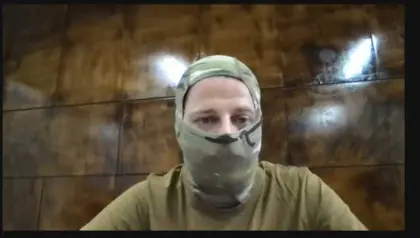
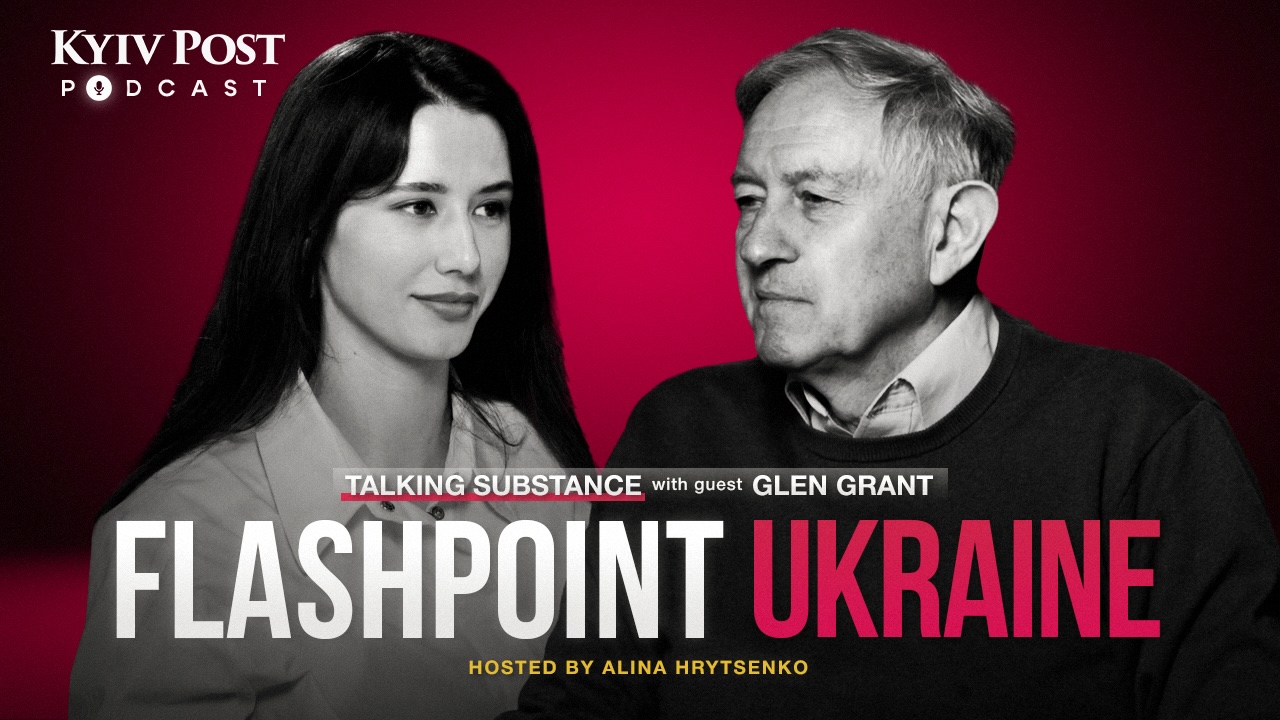

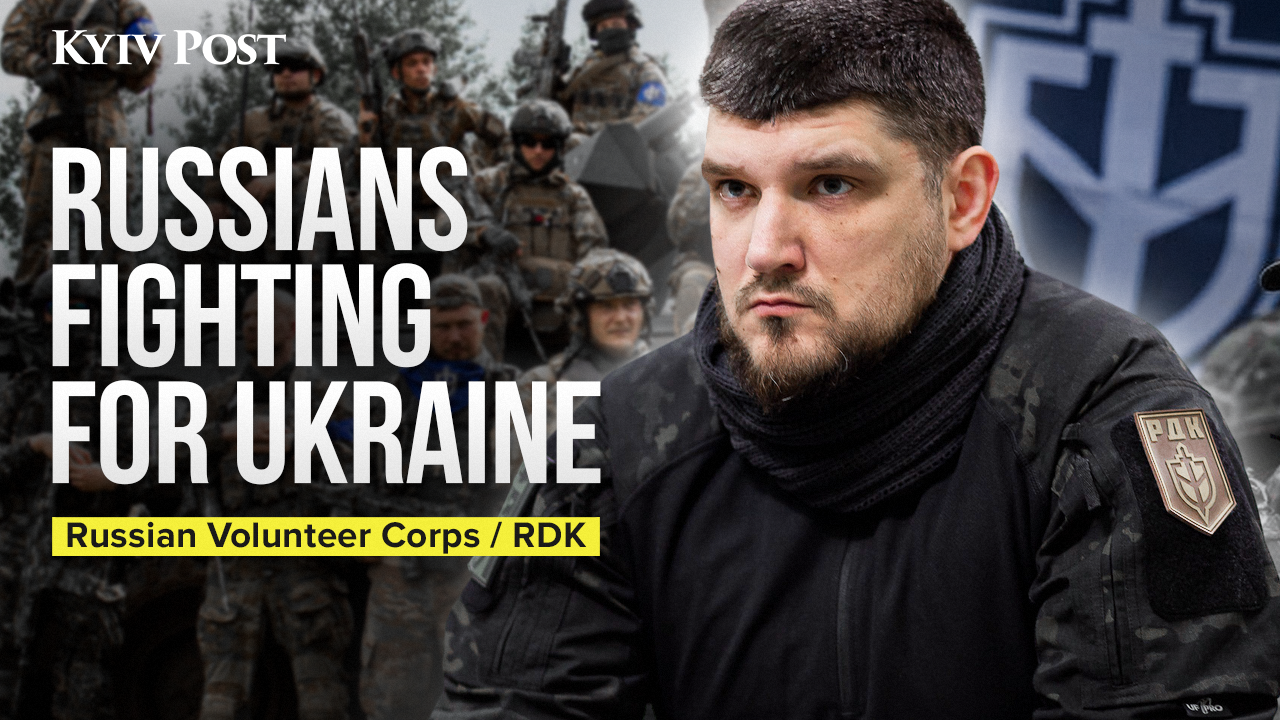
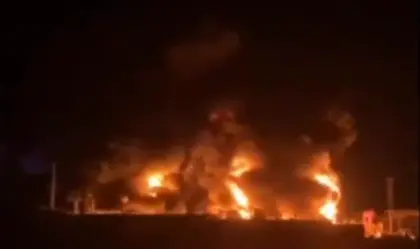
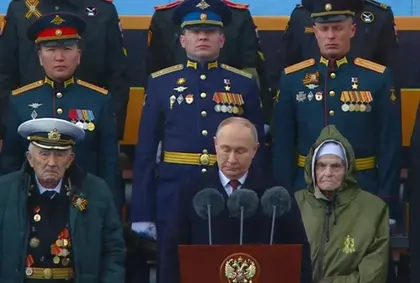
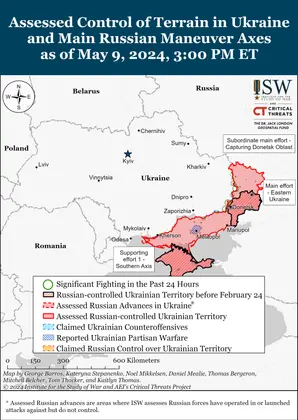
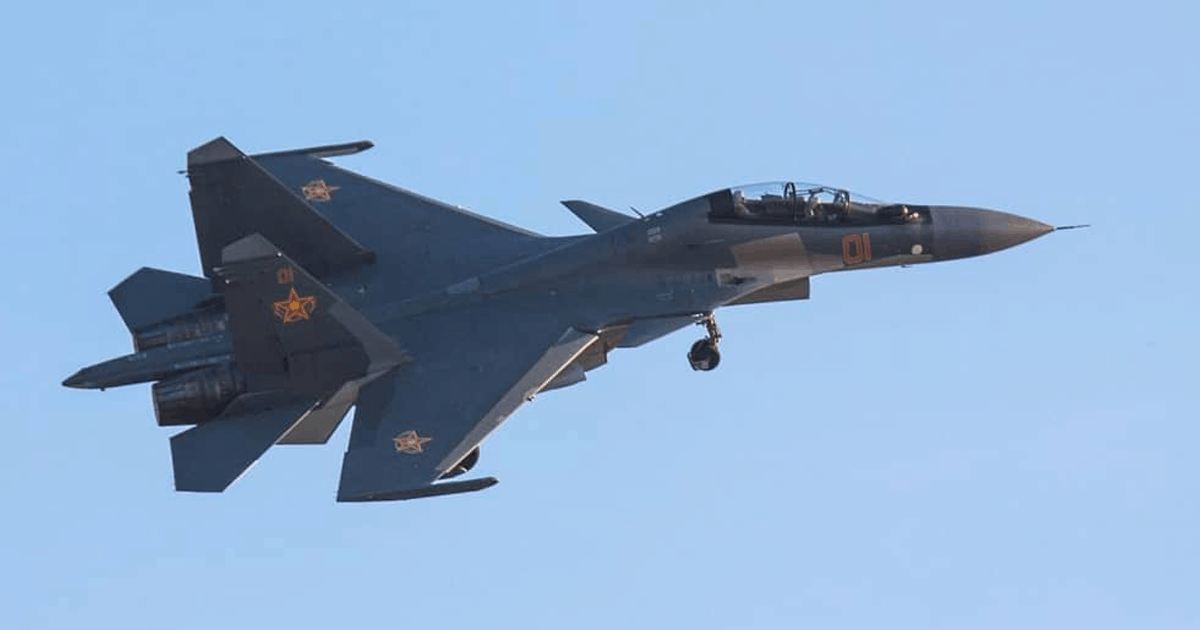
Comments (5)
DZHARYLHACH ISLAND
A pearl of a park, oasis of wildlife,
where a pristine unploughed steppe
is daily filled with singing larks,
dotted with hundreds of pools and lakes,
with pungent coastal marshes, too,
healing mud and cleansing breezes.
Lined with slender snow-white sands
that lie between two Black Sea bays,
home to pods of dolphins teasing
boats that travel in the seas.
Here, the red deer roaming freely
roll in mud when they’re in rut.
Pelicans, waders, common eiders,
spoonbills, graceful swans and ducks
rest at this oasis, flying
to and from their seasoned homes.
An ancient lighthouse stands against
pristine dawns and sunsets still.
But not for long. The muscovites
have now declared this peaceful haven
a “pleasure” park, a hunter’s heaven,
and hell for all that graced its shores.
April 27, 2023
Too bad it had to be done with a missile, causing even more damage to this fragile natural preserve...
@Lidia Wolanskyj, Sure, but what would be your alternative?
True heros brave people.
Cool, keep doing this guys as often as you can !
Well done guys. You are providing a vital service toward victory.
Glory to the fallen soldiers and the sorrow of their families! The cries and weeping of the nation is music to Ears of Glory! For with this sacrifice, suffering, misery, and destruction does breeds a new generation of fighters who will live to die for Zelensky and NATO! Long live Ukraine, long live war, fight to the very last man oh Brave Warriors of Kiev Unite and Die for WHOLE GLORY!
@JACK GRIFFIN, Did you invent the word “jingo”?